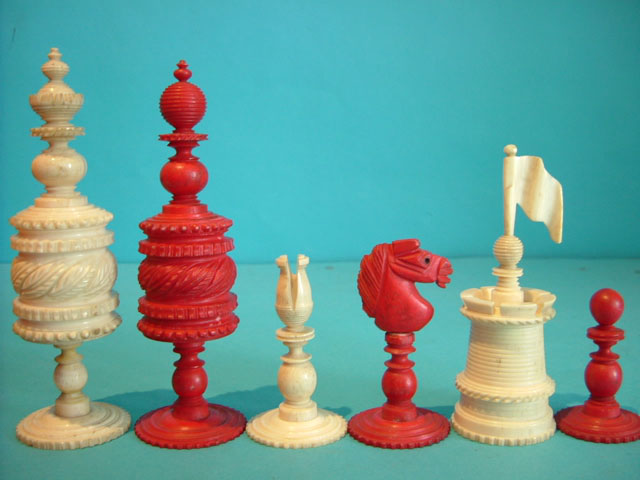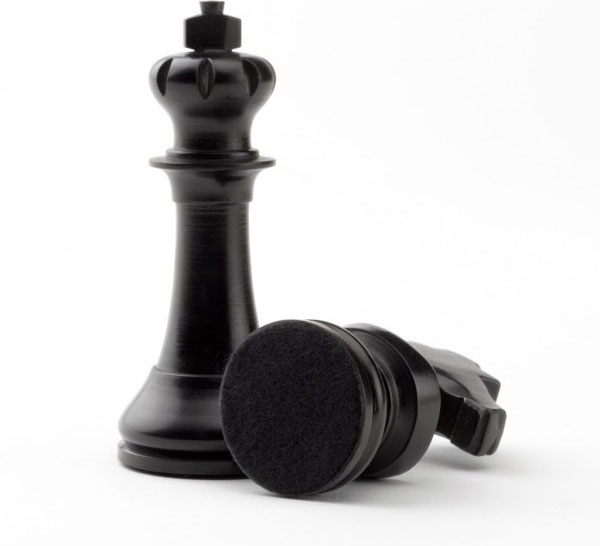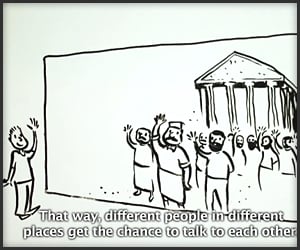Things the Grandchildren Should Know is the memoir of the lead singer of The Eels, Mark Oliver Everett, or more colloquially known as E. I've been a fan of the band for a long time so I was excited to read about his life and journey. The Eels are really less a band and more just a name for E and his collaborators, as those change frequently.
The tone of the book was really conversational. I felt like E was hanging out and telling me stories about his life, like we go way back and he was confiding in me all of these things that had happened to him. It's really surreal when a singer/songwriter you revere slowly becomes this real person as his personal life story unfolds via audiobook.
Speaking of the audiobook, his bandmate/guitarist The Chet was the narrator of the audiobook. E also incorporated song lyrics into various sections of the book, and The Chet played guitar and sang them as they occurred, which was a bonus from the paper version of the book. It was an extra insight into the music and soul of E that I wouldn't have gotten had I just read the book.
The book was interesting (and devastating) at times, learning about the life events that inspired so many of the songs that I love. Given what inspired more than a few of them, I was curious about my favorites that weren't mentioned in the book - "Manchild," "You'll Be the Scarecrow," etc. If such amazing and sad life events informed all the other songs that I also love, what informed these others? I can't even imagine.
The book is sad, poignant, funny, full of heart and hope, powerful, depressing, uplifting and above all - inspirational. I don't think E set out to write an inspirational tale and knowing him from this book, he would be shocked to be referred to as inspirational. But he was. All of it was. He's an introvert who figured out how to come into his own, how to both accept himself and express himself in ways that a fellow introvert can only admire. He not only learns how to function in this world but he also thrives and overcomes so much loss. He stayed true to who he really is, without ever sacrificing his own ideals. I envy that. And I respect him so much more than I already did. I can only aspire to be that comfortable in my own skin.
I continue to love E's music and I worship his lyrics. Now I know where his depth and talent actually come from and why he writes the way he does. I would love a sequel to this book, a next chapter in E's life, as this was written five years ago. I still haven't gotten to see E in concert but it is most definitely on my bucket list.
This review is part of the volunteer Cannonball Read V. Read all about it , and find more of fancypants42's reviews on the group blog.
(Note: Any revenue generated from purchases made through the amazon.com affiliate links in this review will be donated in entirety to the American Cancer Society.)






















































